Having journeyed with us all the way through the alphabet of trees, finally, we reach the letter z. This article will explore some incredibly diverse flora trees that start with Z, trees that thrive across the globe in all kinds of climates and environments, facing a combination of environmental and man-made challenges.
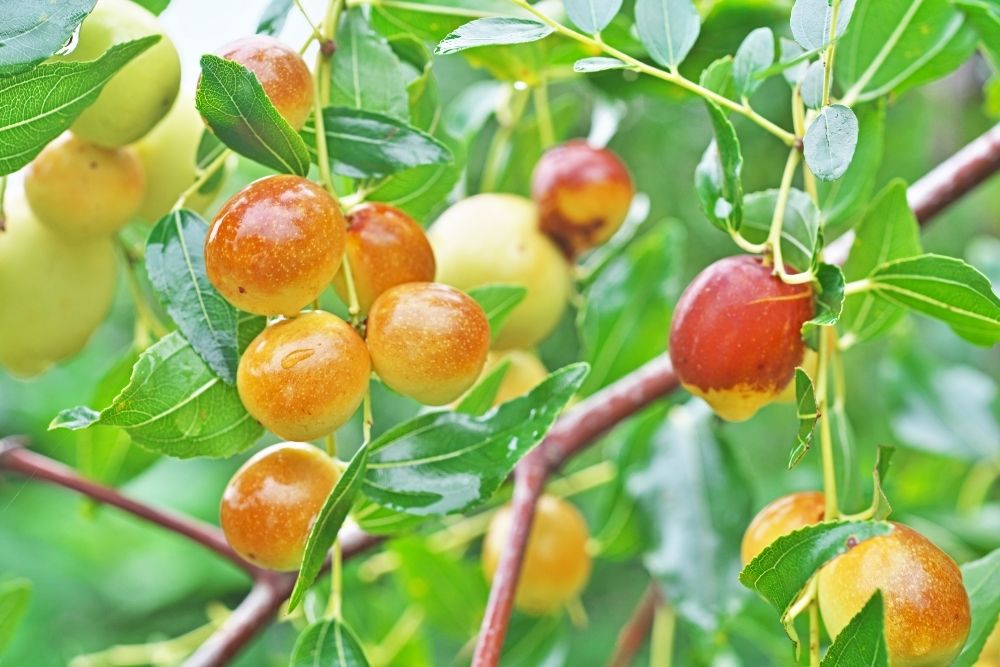
Pat yourself on the back and a round of applause if you have joined us for this epic quest in the world of trees from A to Z.
Looking at the tree’s natural habitat, the unique aspects of its appearance, and if it bears any delicious fruit!
Some of these trees are closely tied to the people and culture of the areas in which they grow, providing them with sustenance, building material, and in some cases, may represent powerful spiritual and religious symbolism.
We will also see what uses some species serve, either in their original form or, as materials for arts, crafts, and traditional construction.
Let’s get the last stage of this horticultural epic underway!
RELATED: Top 15 Privacy Trees For Your Lovely Backyard | A Comprehensive Guide
1. Ziziphus Budhensis
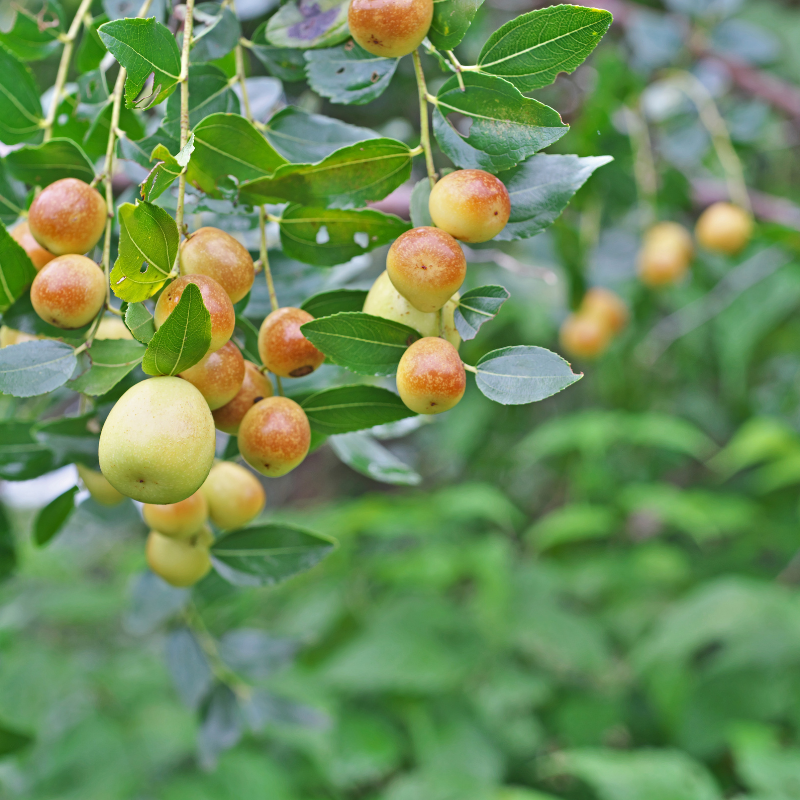
Native to the Temal region in Bagmati Province in Nepal, Ziziphus budhensis is a species in the buckthorn family Rhamnaceae.
Growing up to ten meters tall, two kinds of leaves are displayed, one elliptic and the other ovate, creating a distinct appearance. Beautiful white flowers bloom in the Spring months and the tree even has a spiritual significance to the Nepali people.
The seeds of the edible fruit are used as beads when making malas, also known as rosary beads. These malas are used in Tibetan Buddhist worship, so are incredibly valuable both spiritually and economically for the region’s farmers.
2. Zelkova Serrata
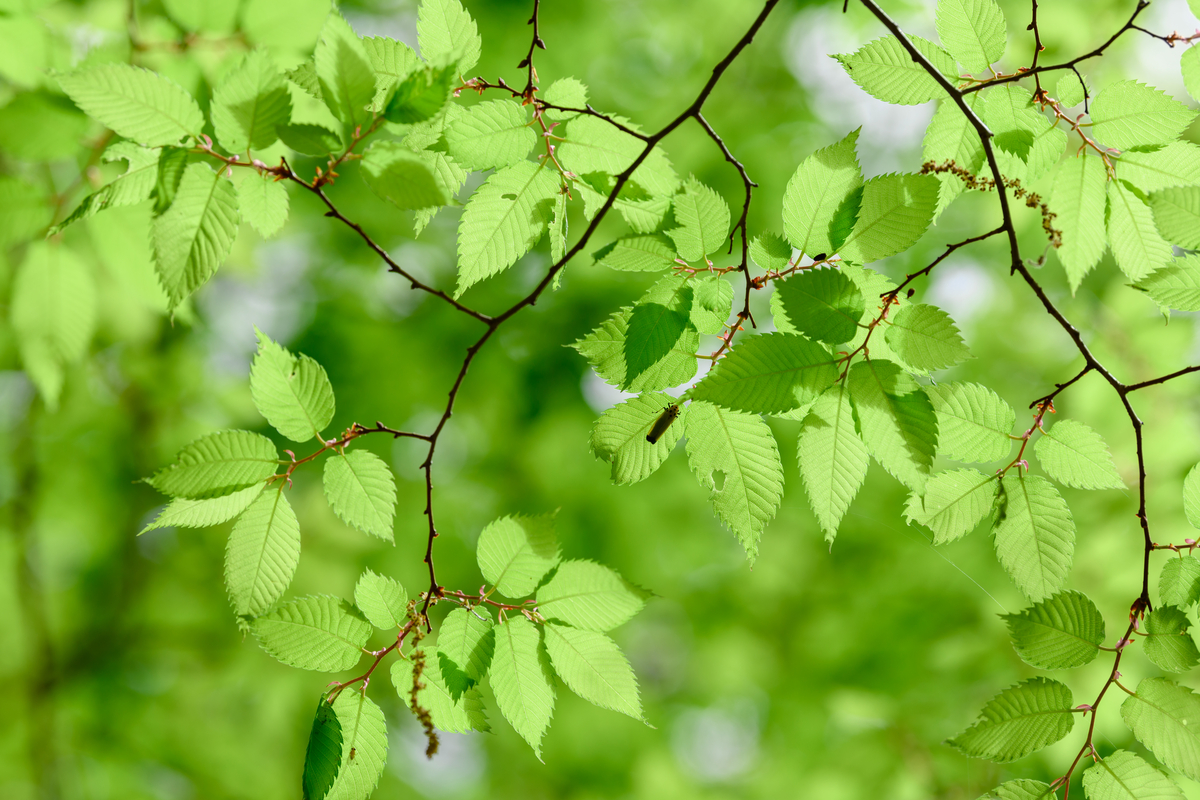
Popularly known as the Japanese elm, Japanese zelkova, or keyaki, this tree can be found in Japan, Korea, Taiwan, and eastern China. The plant in Taiwan differs slightly in that its leaves are smaller with a less defined serration.
Typically chosen as an ornamental tree, the species is also in the esteemed art of bonsai. For those unfamiliar with the term, have you ever seen the almost magical tiny trees? Bonsai is the art of growing ornamental, artificially dwarfed varieties of trees and shrubs in plant pots.
3. Zanthoxylum Acanthopodium
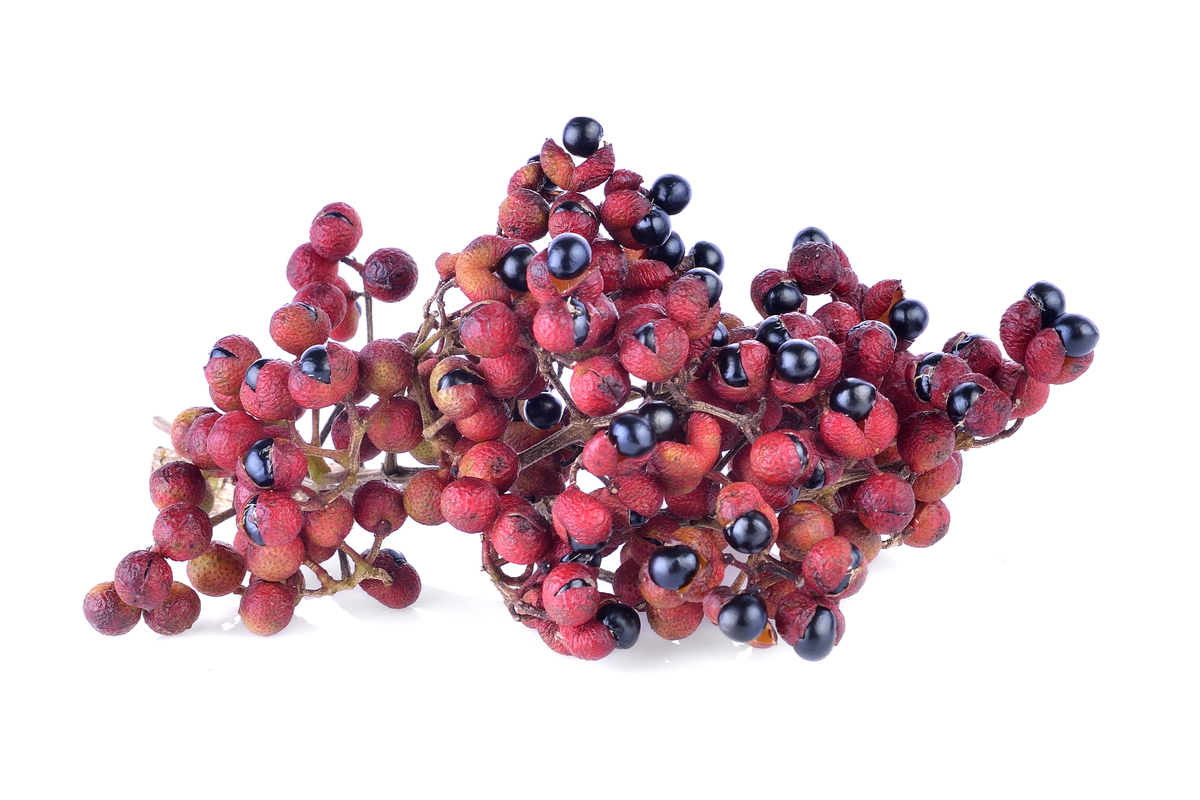
Also familiar as the Andaman tree, thrives across a huge area, with it being across southwestern China, northern India, and all over South East Asia.
A close relative of the Sichuan pepper, similarly its seed pericarps are in use as cooking spices which provide a powerful kick to any dish.
One difference between the two flavors is that the Andaliman provides a lemon-noted flavor, not too dissimilar to that of lemongrass, along with the pungent aroma of the pandan leaf.
4. Ziziphus Lotus
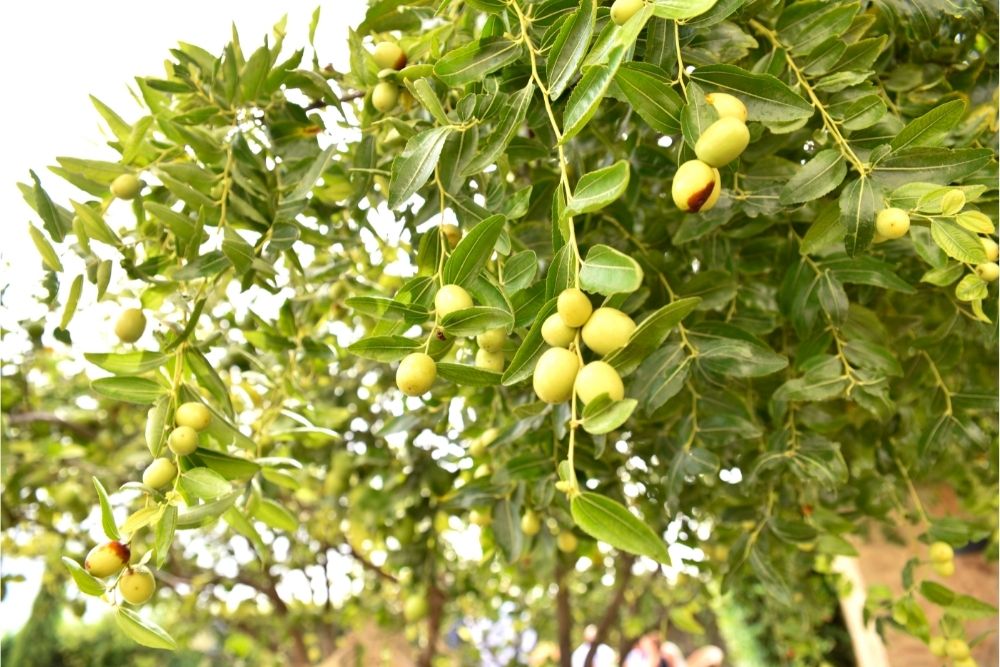
Another member of the buckthorn family Rhamnaceae, this modest tree is native to the Mediterranean region, in both European and North African countries that border the spectacular Mediterranean Sea.
This species is one of several that are famous as “jujube”, it has glossy green leaves, dark yellow edible fruit, and usually grows to between two and five meters tall.
A tree steeped in rich history and mythos, it is regarded as the lotus tree of Greek mythology as well as being the sacred lotus tree planted by Romulus near the Temple of Vulcan in Rome, Italy.
5. Zelkova Abelicea
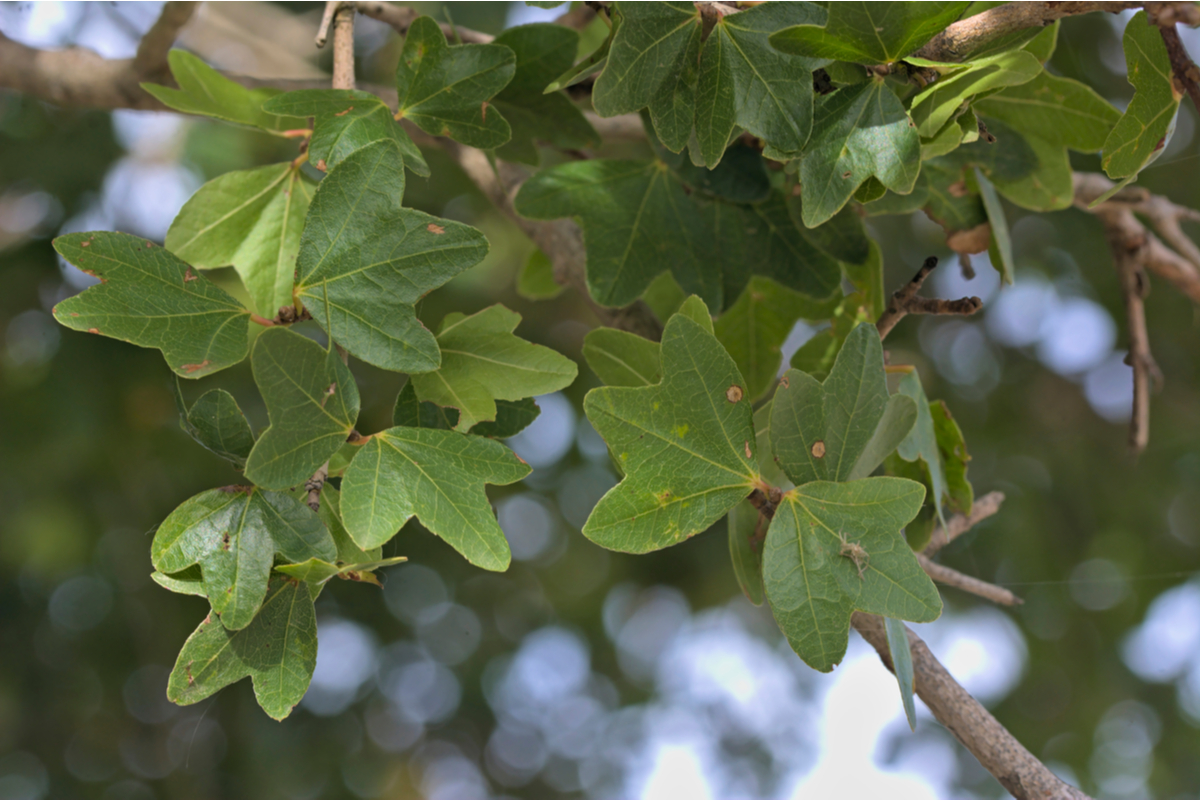
A species in the family Ulmaceae and commonly known as the Cretan zelkova, or on the island of Crete where it is endemic, as abelitsia.
The wood from this tree is famous for its durability and for traditionally being in the fashioning of the ‘katsouna’, which is the traditional Cretan shepherd’s crook. These days, the practice is outlawed, as the original technique required an entire young tree to craft the crook.
The tree grows up to five meters tall, with its dense leaves packed tightly together and hanging down close to the ground. It is considered a Vulnerable species due to wildfires, a loss of habitat, and overgrazing of animals, which has prompted stronger conservation efforts.
RELATED: 12 Different Plants That Start With Z (Including Photos)
6. Zanthoxylum Americanum
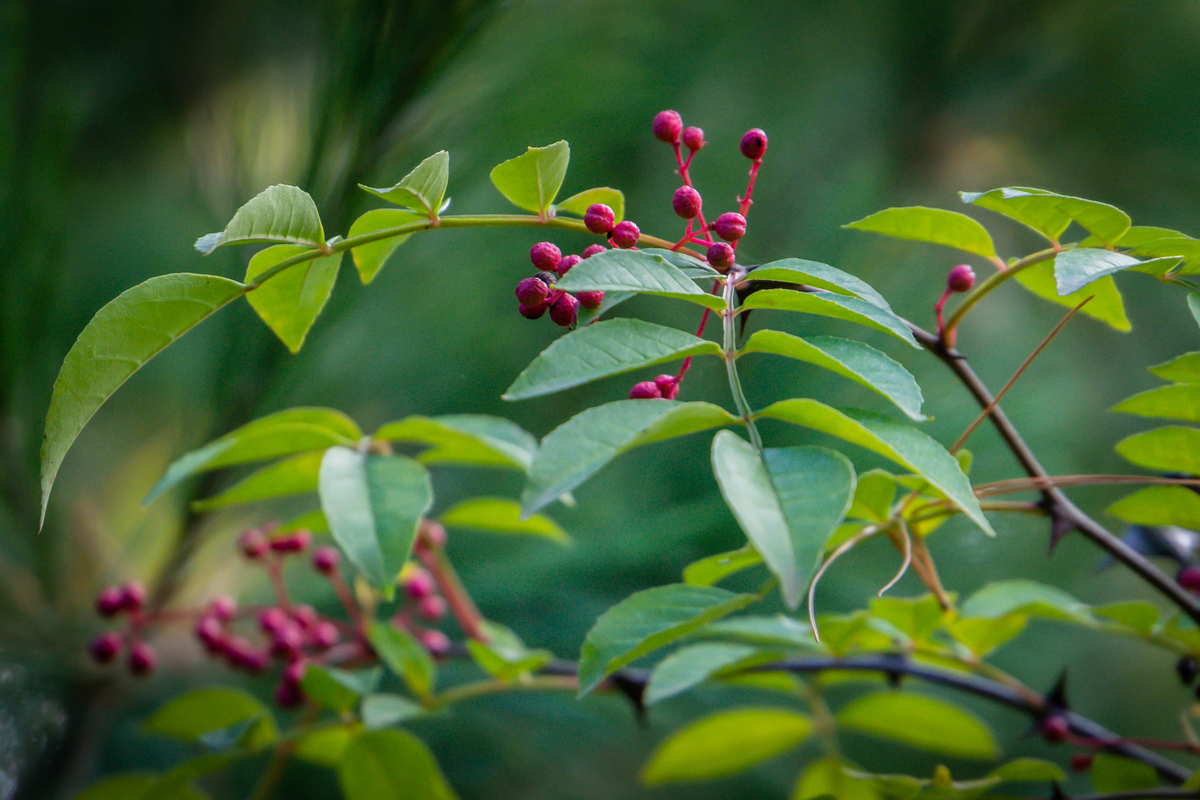
Widely known as the common prickly-ash, or northern prickly-ash, whilst it’s affectionately familiar as the yellow wood or toothache tree in some localities.
The tree is native to the central and eastern United States and Canada. Making it the northernmost located member of the New World Species in the citrus family, Rutaceae.
It grows up to an impressive ten meters tall, though its wood is not commercially available for use in construction. The extracted oil continues to be in alternative and traditional medicines for numerous ailments. Thanks to its antifungal and cytotoxic properties.
Aiding in the treatment of circulatory issues in the legs and hands, joint pain, toothache and to help nip fevers in the bud.
7. Ziziphus Jujuba
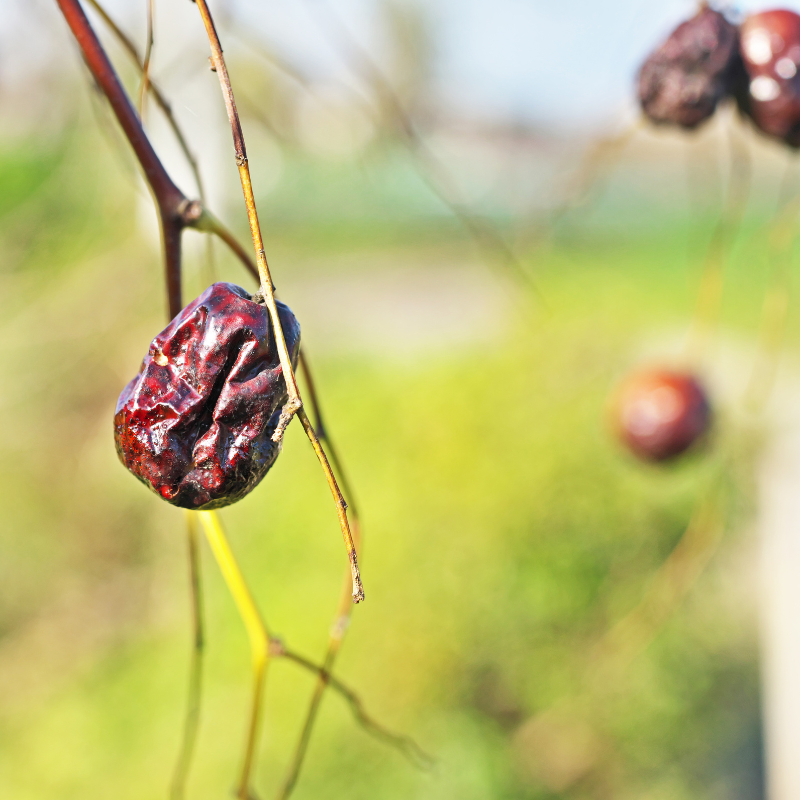
The original “jujube”, or as jujuba, red date, Chinese Date, or Chinese jujube. Which is also a member of the buckthorn family Rhamnaceae. It’s native to southern Asia and can be in Lebanon, central and southern China, and northern India.
A tree with strong spiritual significance in Arabic-speaking regions, an ancient jujube located in Al-Qurnah, Iraq. Locals considers it to be the Tree of Knowledge mentioned in the bible.
They believe that the city was built upon the ancient ruins of the Garden of Eden. As its location is at the point at which the Tigris and Euphrates rivers meet.
8. Zelkova Carpinifolia
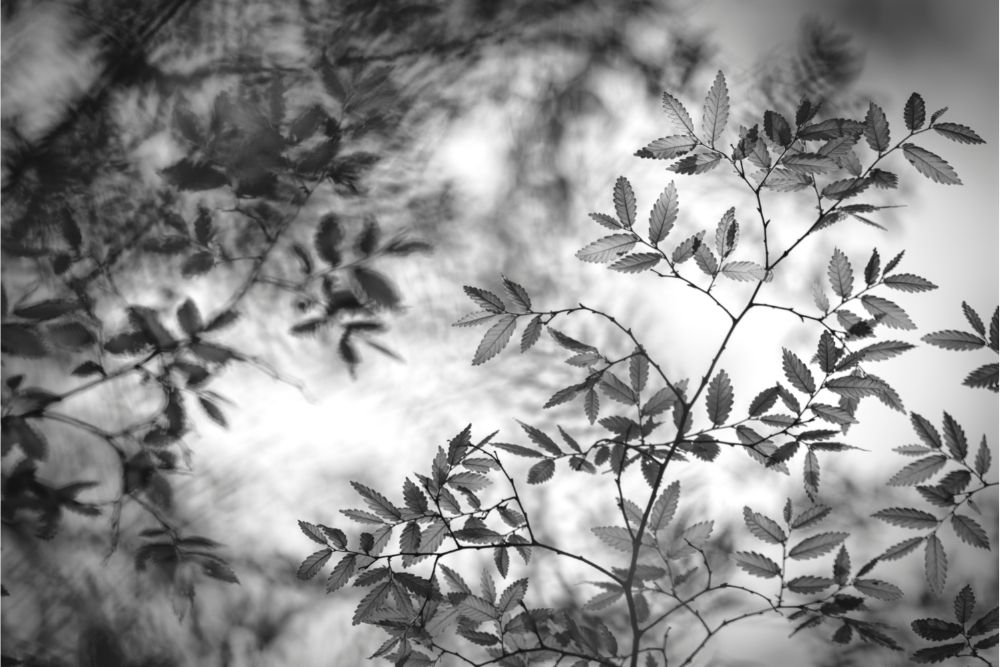
The Alborz, Caucasus, and Kackar mountains reside in Southeast Europe and Southwest Asia. And play host to a diverse range of flora and fauna.
One such species is the deciduous Zelkova carpinifolia, which is also famous as the Caucasian zelkova or Caucasian elm. A popular ornamental tree across Europe, it can often provides shade for intimate courtyards and gardens.
It can grow to a whopping thirty-five meters tall. Its thick trunk breaks off into numerous branches that each grows vertically towards the sky. Each branch is have broad leaves with serrated edges, whilst no petals bloom on the small flowers.
9. Zanthoxylum Brachyacanthum

Endemic to north-eastern Australia, this tree thrives in the climate conditions of the rainforest. Famous as the thorny yellow-wood, satinwood, or satin tree. The trunk has a distinct trunk due to the thick cone-shaped spines that cover it.
If that wasn’t enough to deter creatures from climbing it, its branches are also dense with prickles.
Due to the unique appearance of the tree. It’s becoming an increasingly popular choice when it comes to design and decor. The trunk itself makes the tree an interesting ornamental choice. Whilst the wood itself is for carpentry and crafting beautiful woodwork.
10. Zelkova Sicula

Another species of the Zelkova in the family Ulmaceae. This species is endemic to the island of Sicily in the Mediterranean Sea. A truly unique species that is critically endangered. There is only one familiar population of the tree, located near Syracuse in southeast Sicily.
Due to environmental and man-made factors, it’s facing a loss of habitat. As it only grows to be around three meters tall. It also faces the issue of being within chomping reach of the local goat populations.
These goats enjoy chowing down on the species to such an extent that their growth is in limitation. Meaning their natural full size is unknown.
11. Zanthoxylum Piperitum

More widely famous as the Japanese pepper or Japanese prickly ash. This member of the family Rutaceae is native to both Japan and Korea. Whilst it can also be in China.
Its branches have sharp thorns. Whilst its flowers bloom in yellow and green and the berries are a scarlet color at their peak.
The peppercorns and the leaves are both aromatic and flavoring. As the tree has a close relation to the Chinese Szechuan, also known for its potency. The astonishingly beautiful swallowtail butterfly species Papilio Xuthus uses the Japanese prickly ash as a host tree.
RELATED: 9 Different Types Of Japanese Trees
12. Zanthoxylum Simulans
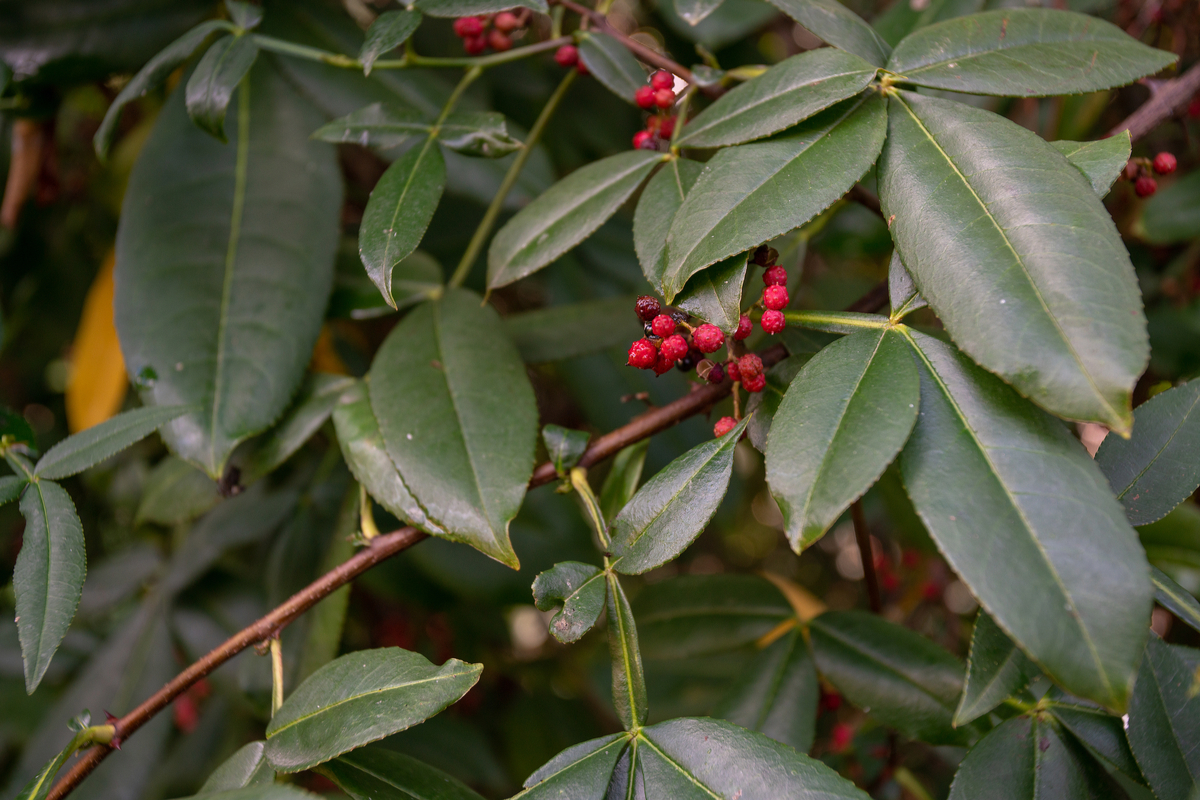
One of several species from which Sichuan pepper is from, it is native to Taiwan and Eastern China. And famous as the Chinese-pepper, Flatspine prickly-ash, or the Chinese prickly-ash.
A small species of tree that reaches at most seven meters in height. It has both slender and broad leaves with flowers that grow away from the main branches. Its berries color is reddish-brown, which isn’t quite as captivating as the scarlet color of the Japanese prickly-ash.
Final Thoughts
So there we have just some of the charming and intriguing Trees That Start With Z. From arid sands to tropical rainforests, these trees can be everywhere. This was the final piece in our series of ‘Trees That Start With…’, a fascinating and eye-opening journey through the alphabet of trees.
You have been on a quest to uncover knowledge of just a little of the immense number of tree species on earth today. Gaining insight into the kinds of trees that grow all across the world’s many environments and climates.
However, with over sixty thousand species of tree currently on the earth. There’s still a teeny tiny bit of research for you to undertake to learn them all!
Editor’s Recommendations
Watering A Pine Tree: How To Do It Right! | A Comprehensive Guide
The Golden Guide To Gold Trees: 17 Types Of Gold Trees
Nature Sure Is Beautiful! 28 Different Types Of American Trees







